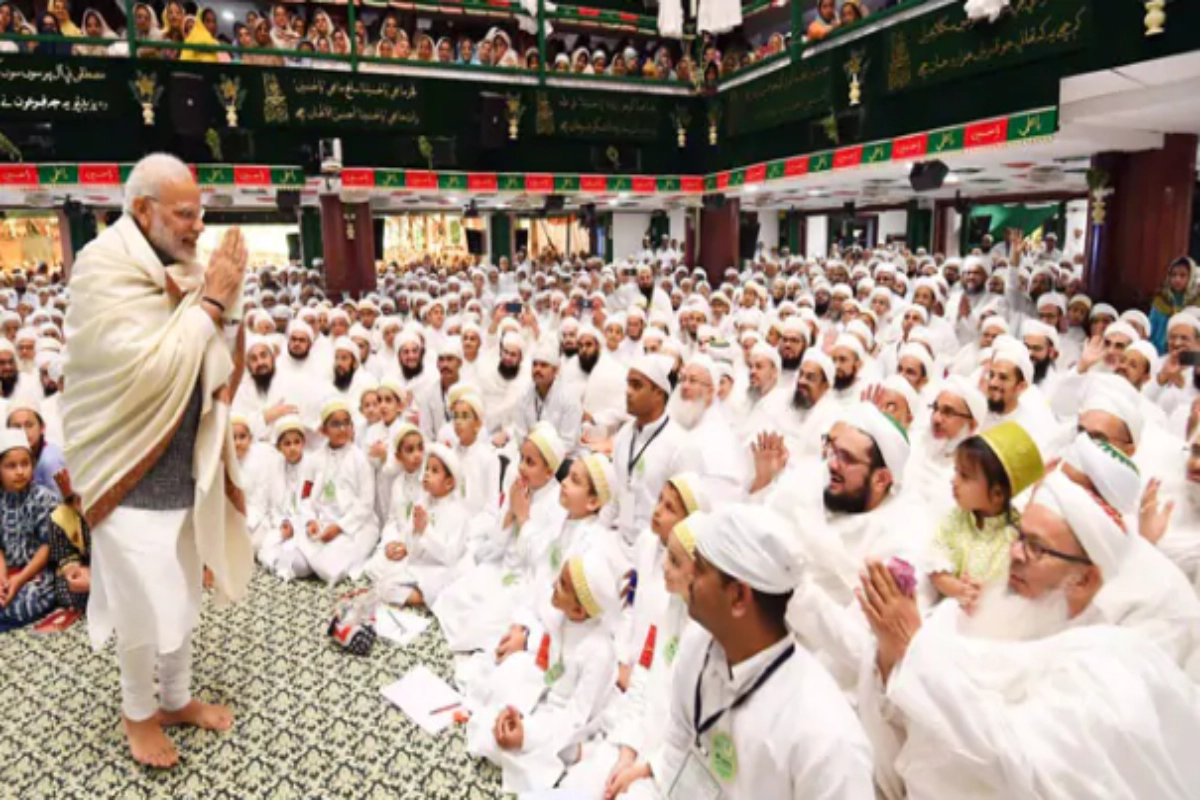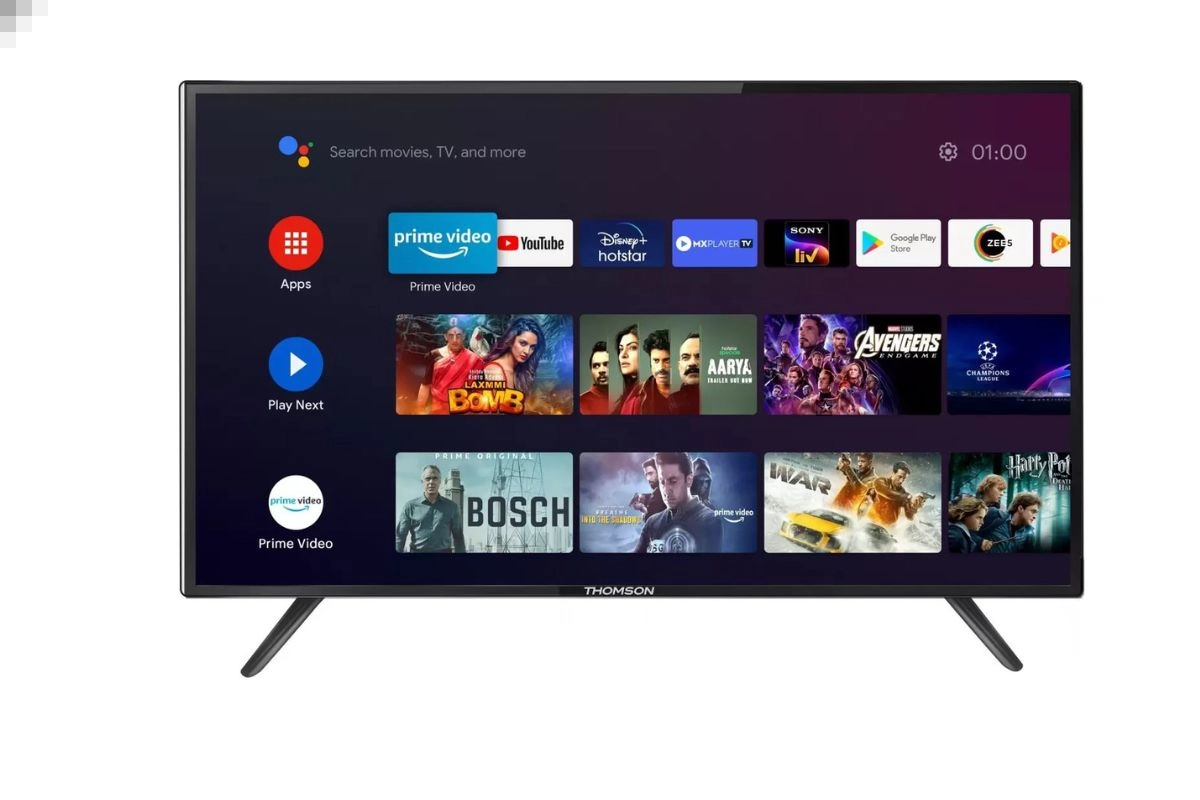PM Modi: Saturday’s visit by Prime Minister Narendra Modi to the Imam al-Hakim bi Amr Allah Mosque, a nearly 1,000-year-old building in the centre of Cairo, Egypt, will have a special significance for the Indian Muslim community with whom the PM has had a long-standing and cordial relationship.
Preserving Cultural Heritage and Promoting Unity through Mosque Renovations
The mosque reopened after six years of prolonged, expensive renovations, according to the Egyptian Ministry of Tourism and Antiquities. A comprehensive effort to increase tourism to Cairo’s Islamic landmarks included the repairs. The Dawoodi Bohra community, which Prime Minister Modi has praised for supporting him and for being “patriotic, law-abiding, and peace-loving,” provided co-funding for the project. The Dawoodi Bohra community in Cairo considers the mosque to be a significant cultural location. The Fatimi Ismaili Tayyibi school of thought is adhered to by the Dawoodi Bohras. Their unique culture was born in Egypt, moved to Yemen, and finally settled in India in the eleventh century. After 1539, when the Indian population had significantly increased, the sect’s headquarters were transferred from Yemen to Sidhpur (Patan district of Gujarat), India. The recognisable ancestral havelis (homes) of the community still exist in Siddhpur. The women of this society are known to wear multicoloured burqas rather than the black ones some other Muslim women wear, while the men wear distinguishing white clothing and golden headgear.
Must Read: A Gathering of Titans! Industry Stalwarts Mukesh Ambani, Nikhil Kamath, and Anand Mahindra Grace PM Modi’s State Dinner
A Strong Bond with PM Modi and Global Presence
The Bohras are divided into two main groups: a majority of Shia merchant class members and a minority of Sunni Bohras, mostly farmers. There are roughly 5 lakh Bohras in just India, and a similar amount elsewhere in the world. Bohras get their name from the Gujarati verb “vahaurau,” which means “to trade.” Surat is regarded as the community’s home base despite the fact that it may be found throughout several states, including Gujarat, Maharashtra, and Madhya Pradesh. Even before he was elected prime minister, PM Modi had a cordial relationship with the Dawoodi Bohra community. As Gujarat’s Chief Minister in 2011, he invited the neighbourhood to the 100th birthday celebration of Syedna Burhanuddin, the community’s spiritual leader at the time. After he passed away in 2014, PM Modi also travelled to Mumbai to send his condolences to Syedna Mufaddal Saifuddin, his son and successor. When it counted most, the community too solidly supported the PM. For instance, they were noticeable in significant numbers at PM Modi’s foreign appearances in 2014, the year after he was appointed PM, such as the events at New York’s Madison Square Garden and Sydney’s Olympic Park Arena.
Dawoodi Bohra Community’s Struggle for Autonomy and Women’s Rights
The community has also reaffirmed their long history of peaceful coexistence in the nation in response to the PM’s admiration. But the community is also engaged in legal battles of its own, from women who oppose the widespread practise of genital mutilation of young girls to the Supreme Court referring to a larger bench a number of petitions that question the authority of Dawoodi Bohra community leaders to excommunicate their members earlier this year. The Syedna continues to have the most influence in the community, and despite some community members’ objections, everyone is required to swear allegiance to him until death.
Keep watching our YouTube Channel ‘DNP INDIA’. Also, please subscribe and follow us on FACEBOOK, INSTAGRAM, and TWITTER










